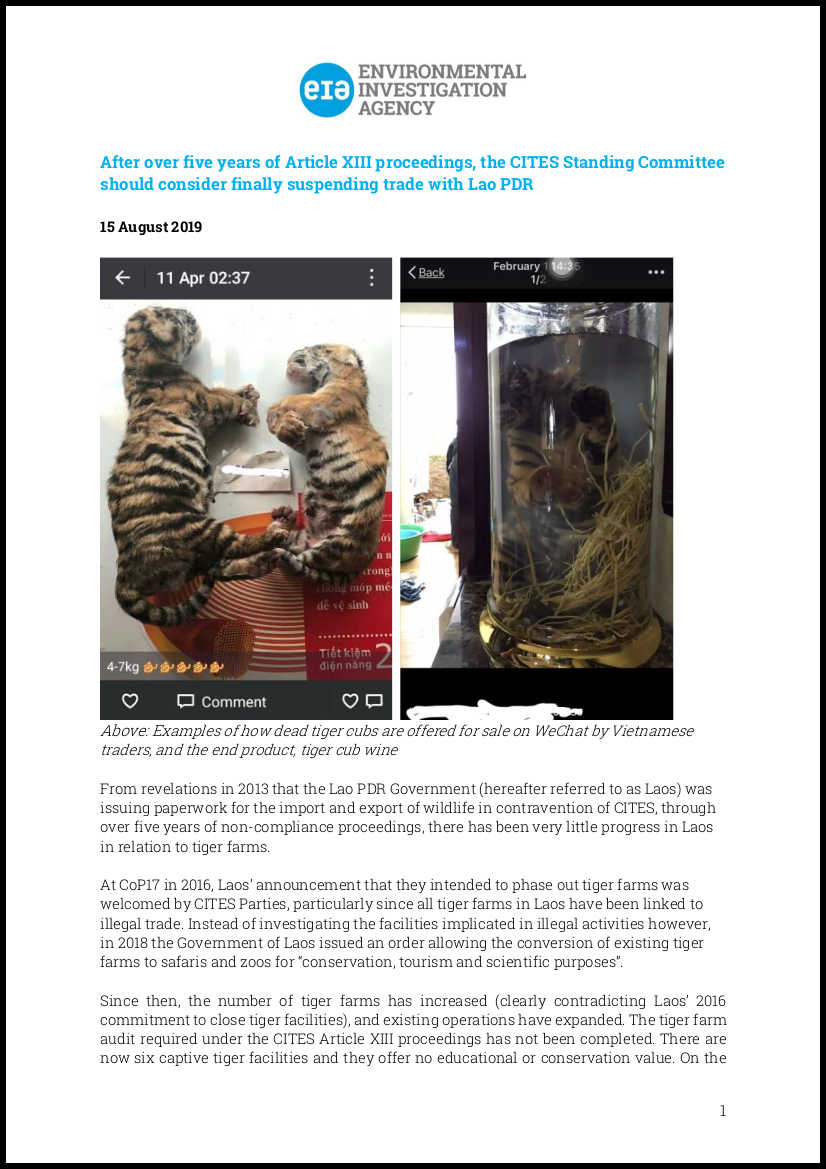
Tiger trade in Laos and call for trade suspensions at CITES SC71
After over five years of Article XIII proceedings, the CITES Standing Committee should consider finally suspending trade with Laos




After over five years of Article XIII proceedings, the CITES Standing Committee should consider finally suspending trade with Laos
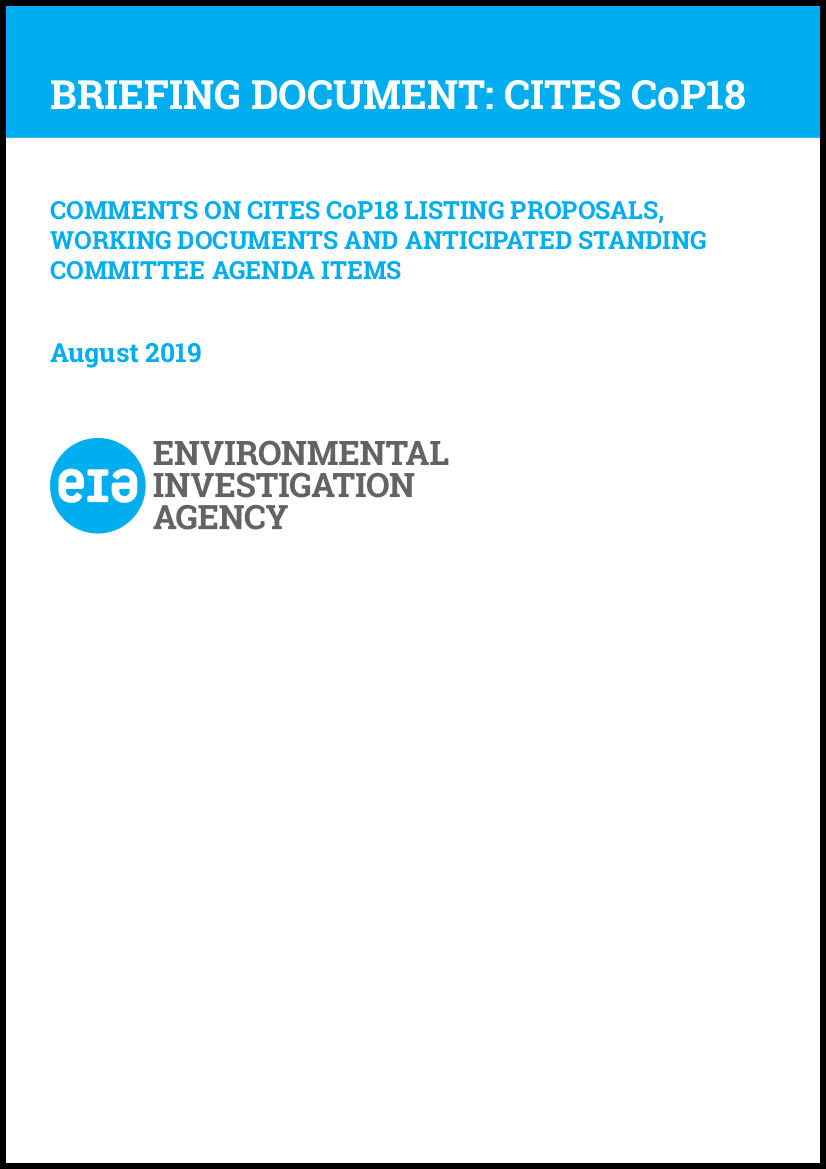
Ahead of the 18th Conference of the Parties (CoP18) of the Convention on International Trade in Endangered Species of Wild Fauna and Flora (CITES), EIA has prepared comments and recommendations on listing proposals and working documents (as available at the time of writing)
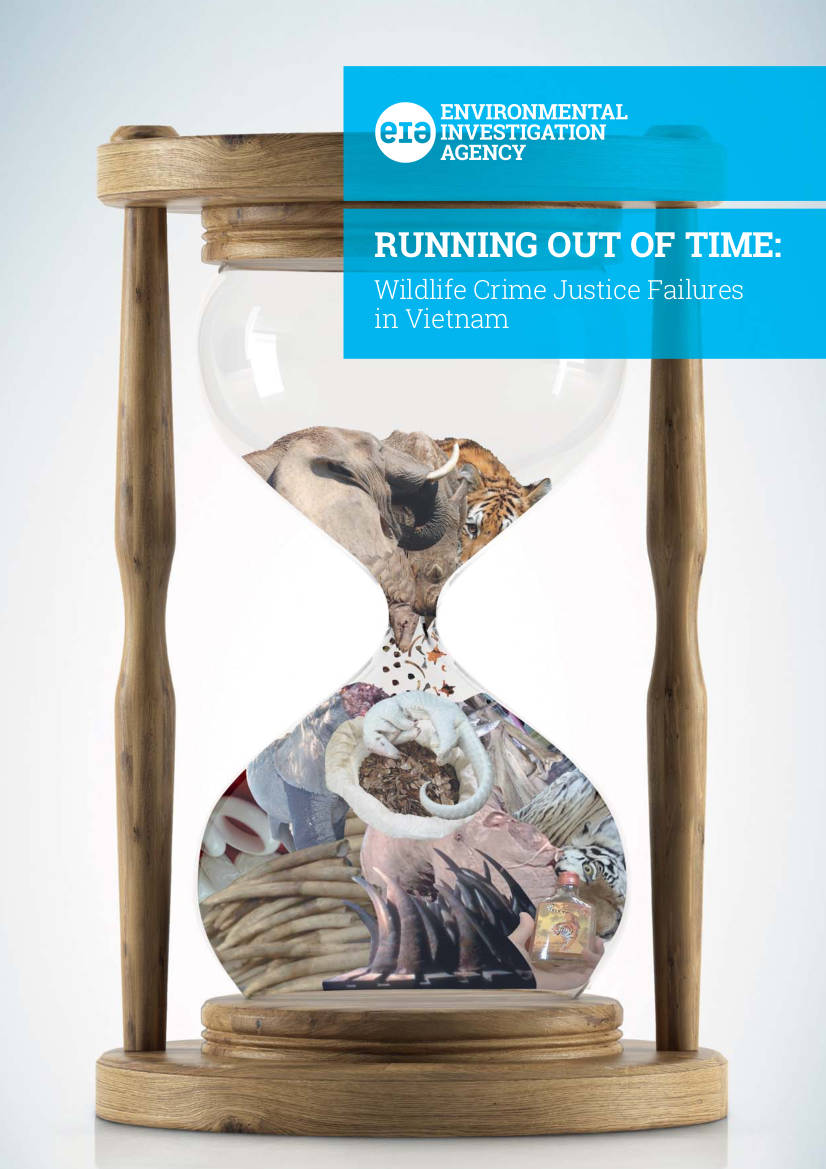
Despite the rapid proliferation of organised Vietnamese wildlife trafficking networks driving illegal wildlife trade globally, the response from the Government of Vietnam has been inadequate and disproportionate to the scale of wildlife trafficking implicating Vietnamese criminal groups.
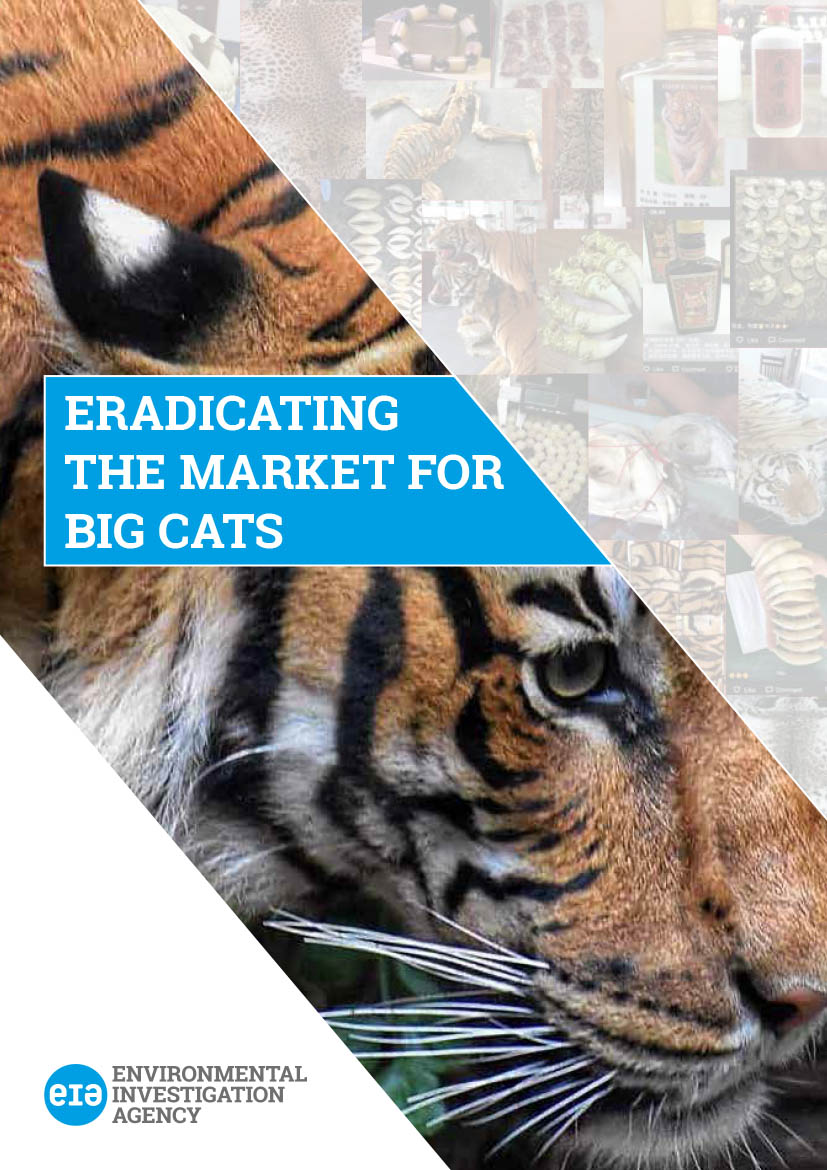
Unchecked demand for tiger parts and products is now threatening all of the world’s big cats. This visual briefing introduces the different ways in which big cat parts are processed and consumed, major trade hubs and routes, and policies that are undermining efforts to reduce demand.
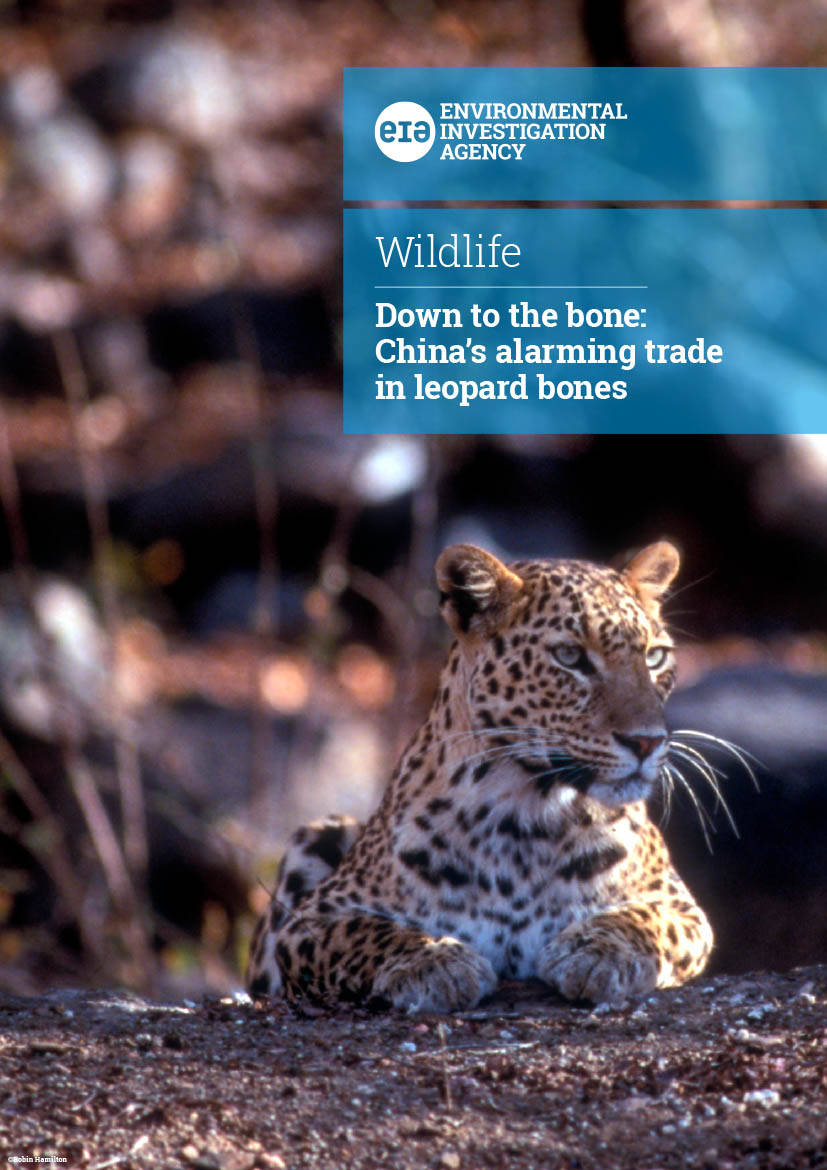
Leopards are Asia's most traded big cat, with more than 4,900 seized from illegal trade in Asia since 2000, new evidence indicates the Government of China is issuing permits to trade and use their bones. The trade in leopard bones is primarily to meet demand from Chinese consumers; used in similar ways to tiger bone
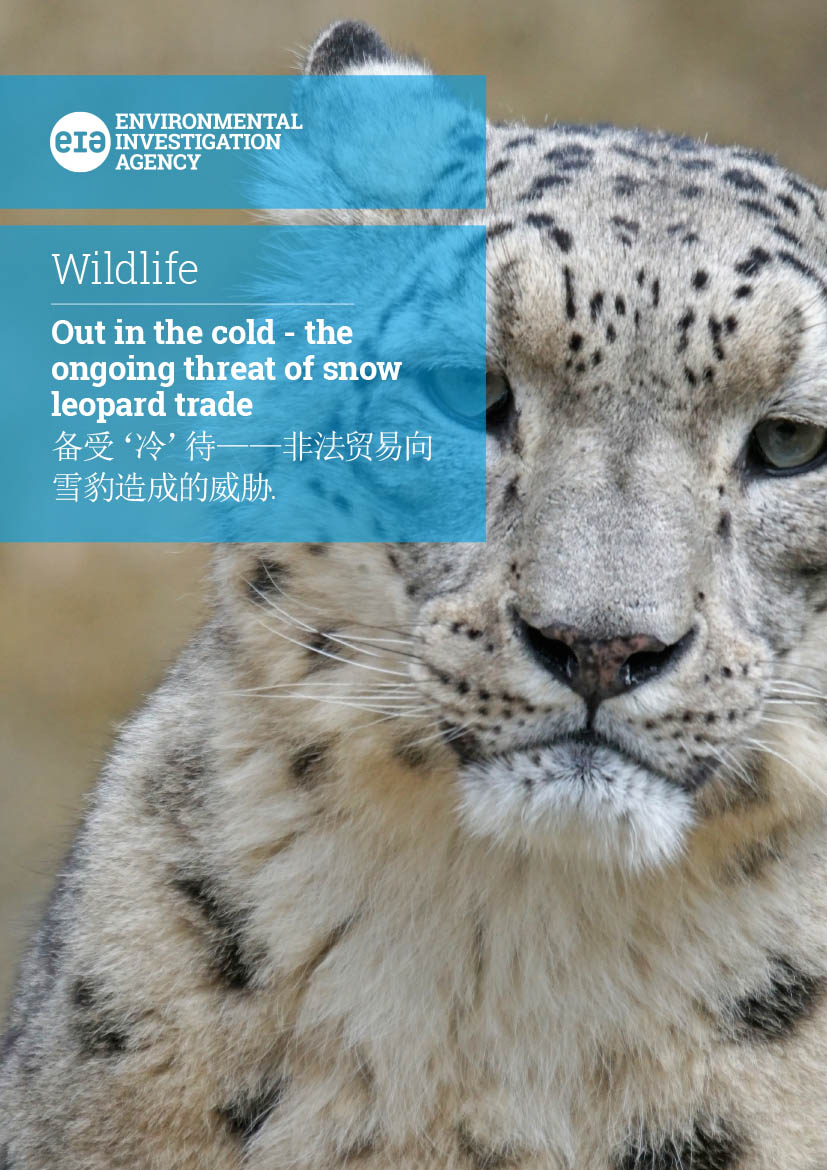
雪豹持续受到栖息地丧失、冲突杀戮、猎物丧失和为贸易而被偷猎的威胁。在2008年到2016年期间,每年有220至450只雪豹被杀并用作贸易,平均每天一只。